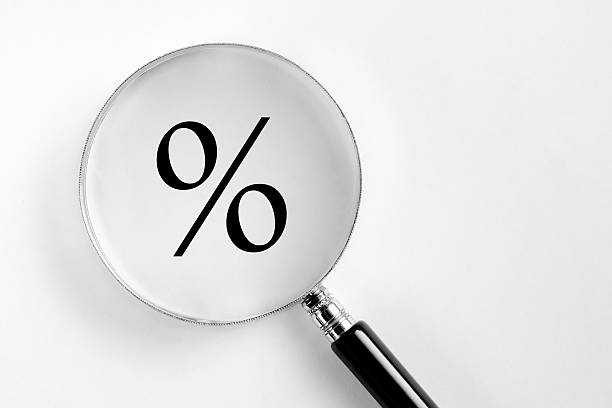The New Year unsurprisingly kicked off with a hangover for both stock and bond markets, as investors began the year by closing their positions and taking profit following an impressive two-month rally that was boosted by the expectation that the Federal Reserve (Fed) would soon start cutting the interest rates and cut them thoroughly throughout this year. We begin the new year with the expectation that the Fed will cut the rates 5 times, by 25bp each, and the first rate cut will be announced by March, with around 64% probability. Note that this probability was standing somewhere around 80% by the end of last year and it’s come down, as investors probably realized that the expectations, and the market rally went well ahead of themselves. And of course, the minutes from the Fed’s last meeting, released last week, didn’t give any clarity other than the general thinking that the Fed rates are certainly ‘at or near their peak’ for this cycle, but that there is an ’unusually elevated degree of uncertainty’ meaning that the expectation of around 75bp cut this year is certainly not a done deal. And indeed, the strength of the US economy, and its jobs market wouldn’t justify an imminent start of the Fed cuts this spring.
In this context, last week’s jobs data from the US came in stronger than expected, yet again. The US economy added more than 200’000 new nonfarm jobs in December, and the average earnings accelerated more than expected, above 4%. Some saw a bit of weakness in the US job metrics pointing at the falling job openings and the falling participation rate, but rationally speaking, an NFP figure above 200K is not pointing at a severe slowdown which would urge the Fed to start cutting the rates in two-and-something month and cut by 150bp to the end of the year. Even Janet Yellen said it – in quite an unusual declaration after Friday’s jobs report –said that ‘what we are seeing now I think we ca describe as soft landing’, and again a soft landing doesn’t justify a 150bp cut from the Fed this year.
As such, there is no surprise that we see the US 2-year yield rebound to 4.40% and the 10-year yield return past the 4% – its biggest weekly advance of the US 10-year yield since October. The rising yields halted the dollar’s bleeding. The EURUSD sank below the 1.10 mark as soon as the year started. The rising US yields also stopped the rally in equities. The S&P500 dipped below 4700 – having been unable to post a fresh record at the end of the latest rally, and the rate-sensitive Nasdaq 100 fell more than 4% since its December peak – which was an ATH. And because the correlation between the US treasuries and Nasdaq 100 stocks remains high, a further rise in the US yields will likely cause a deeper retreat for the US stocks – and especially the most-loved tech stocks. But note that this correlation will likely decline with the start of the earnings season this week, as the company results will give investors a various range of reasons to buy or sell stocks. Overall, according to FactSet, the estimated yoy earnings growth rate for the S&P 500 is 1.3% for the Q4. If that’s the case, it will mark the second straight quarter of year-over-year earnings growth for the index, and it’s another evidence that the US economy doesn’t need the Fed’s help to stay afloat.
Inflation
This week’s major economic data is the US inflation data due Thursday. The headline inflation in the US is expected to have slowly accelerated to 3.2% from 3.1% printed a month earlier, while core inflation is expected to have further eased to 3.8% from 4% printed a month earlier. Soft inflation numbers, ideally softer-than-expected, could slow the corrective selloff in both stock and bond markets, yet the inflation risks are now tilted to the upside. Tensions in the Red Sea region explode the price of shipping goods from Asia to Europe and America. The cost of shipping goods from Asia to Europe doubled since last December, and that’s a bad indication of what’s to come for inflation numbers in the coming months. Remember, the last time we saw the shipping costs surge – that was during the pandemic – had followed a significant rise in a very wide range of consumer prices. Therefore yes, inflation figures in US and Europe have come significantly down last year, but the easing could slow or reverse. And that’s the biggest risk to the dovish Fed and European Central Bank (ECB), and Bank of England (BoE) expectations this year.
Happily, though, the oil prices continue to see strong resistance despite the Red Sea tensions. The barrel of US crude couldn’t clear the $74 offers last week and we start the week below the $73pb level. The geopolitical risks prevail, but traders continue to see the tops in an effort to force the price of a barrel of American crude to below $70pb again.









